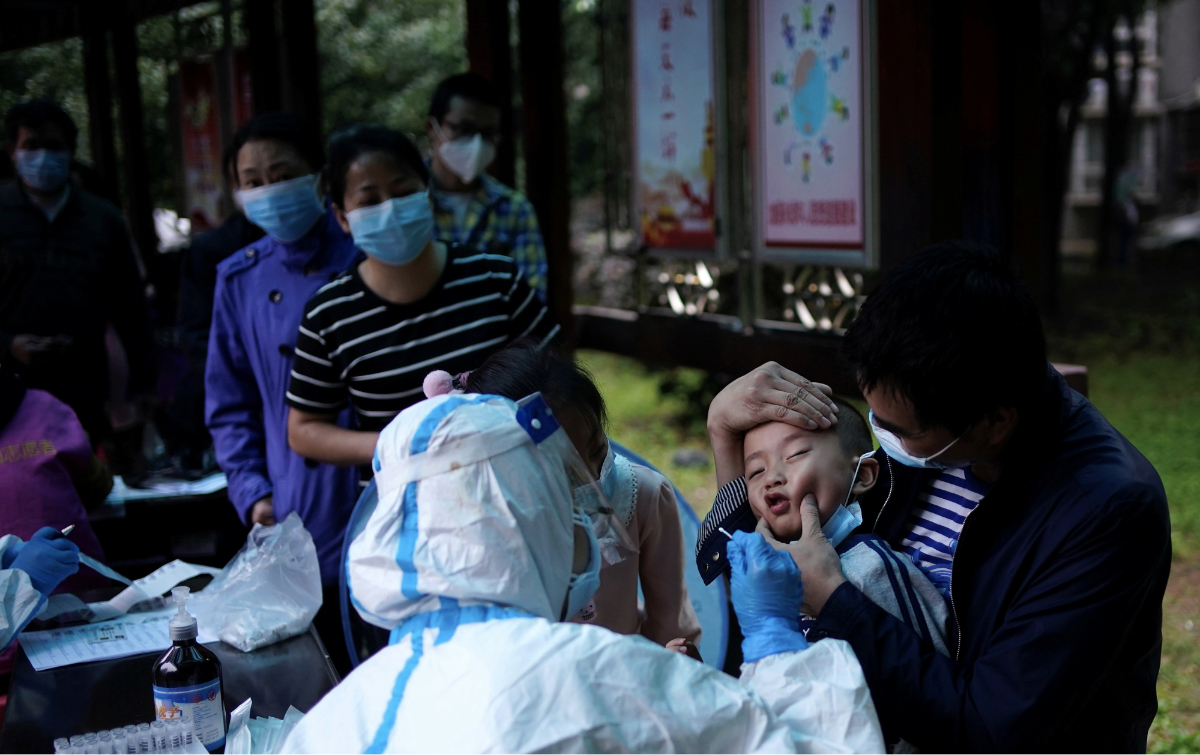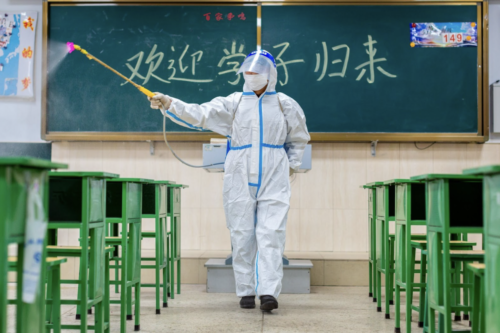The new normal: Widespread COVID-19 testing

“Large-scale, efficient testing has been proven to be a key to controlling the rampant spread of coronavirus in the global war against the pandemic,” reports Caixin (paywall). But expanding “capacity to meet massive demand for testing while improving the reliability of tests remains a challenge.”
Global demand for COVID-19 test kits reached 84.3 million as of April 17, but according to an April 20 study (in Chinese) by Beijing-based Dongxing Securities, “only 14.4 million tests were actually carried out globally.”
Although China has “expanded capacity by fast-tracking approval of dozens of testing kits, setting up new labs and authorizing more private institutions to take part” and the country’s manufacturing capacity of testing kits has “surpassed 9 million a day…access to testing has been uneven… While big cities including Beijing, Guangdong and the epicenter Wuhan have greatly expanded capacity and allowed residents to take tests as they wish, people in remote areas such as Heilongjiang still face difficulties obtaining tests.”
China is now going through what much of the rest of the world will soon experience. Caixin notes, “Without proven treatments and vaccines, continued disease control measures such as social distancing and aggressive testing will be essential for countries to bring the outbreak under control.”
See also: this Twitter thread from journalist Laurel Chor on the current quarantine procedures for new arrivals in Hong Kong.






